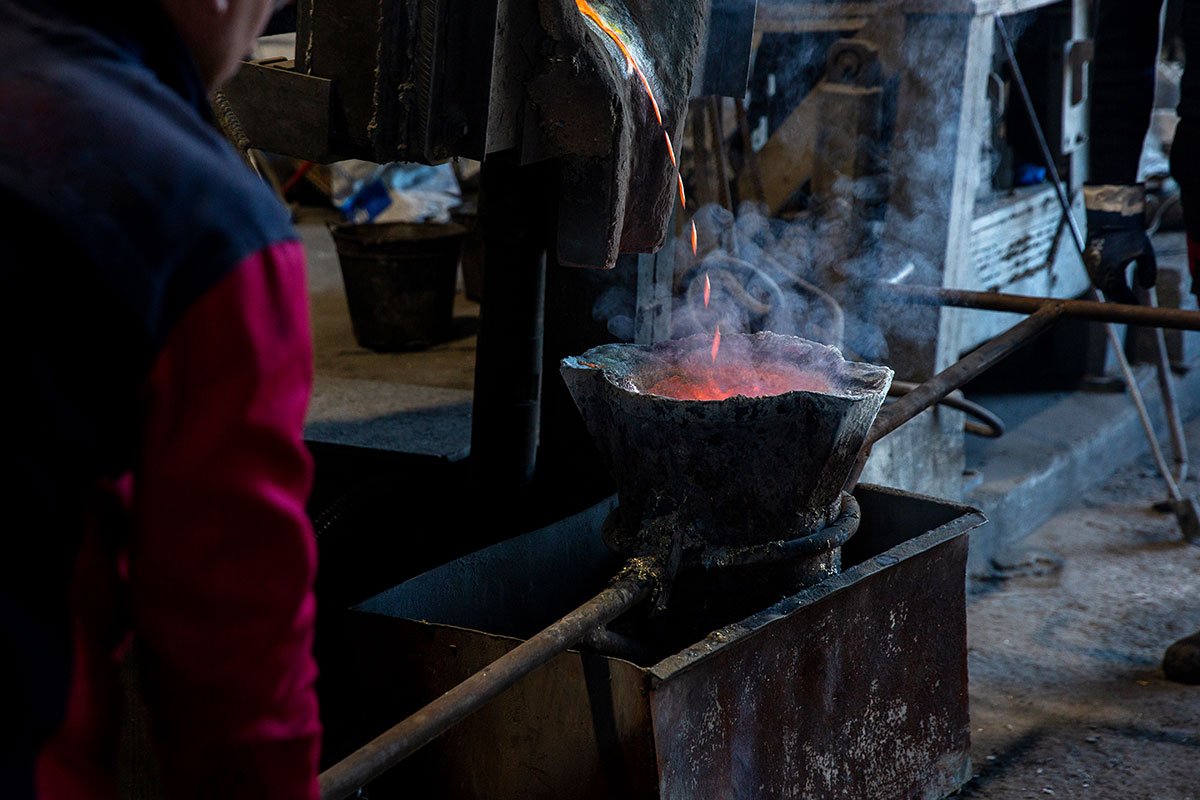
Casting is the backbone of contemporary manufacturing, allowing industries to produce intricate metal parts with precision and speed. From automotive parts to medical devices, the optimal casting method can be the difference between product quality, price, and delivery timelines. Austin Alloy Cast Pvt. Ltd., investment casting specialist headquartered in Rajkot, Gujarat, is keen on providing quality, affordable solutions to various industries. With their strong facility and focus on innovativeness, they stress appropriate choice of a process for casting to particular applications.Throughout this post, we will explain four most important methods of casting—sand casting, investment casting, shell molding, and die casting—and their operations, advantages, and best applications to help you decide the process that is most suitable for your business.
Sand Casting: Functionally and Cost-Effectiveness
Sand casting is also one of the simplest and the oldest methods of casting, carried out by every company due to its simplicity and low cost. It starts with the creation of a mold using a mixture of clay, sand, and water rammed around a pattern of the part to be manufactured. The mold then discarded, melted metal poured inside the mold’s cavity and when it solidifies hardens forming the part. The sand mold is broken during cooling when it leaves the resulting cast piece with very little being required for most cases of finishing.
Investment Casting: Precision for Complex Geometries
Investment casting, or lost-wax process, is a synonym for precision and versatility, and it is something with which Austin Alloy Cast is expert. It is to duplicate the part in wax, with the wax having been coated by a slurry of ceramic so as to be built up in a hard shell. After that has hardened, the wax will melt out of the shell and create a cavity into which metal that is liquid will be poured. When solidified, the ceramic shell is stripped away, and an extremely fine part is left.
Investment casting is applied extensively in the manufacture of highly intricate parts with high surface finishes and tight tolerances, frequently eliminating the need for redundant machining. Investment casting finds application with the aerospace, medical, and petroleum and gas industries to create turbine blades, valve components, and medical devices. With over half a century of experience to its name since 2014, Austin Alloy Cast leverages the same to deliver mission-critical castings for use by world leaders from its cutting-edge India-headquartered facility.
Shell Molding: Balancing Quality and Efficiency
Shell molding, or shell mold casting, provides a compromise between investment casting precision and sand casting cost savings. The process employs a combination of resin-coated sand to form a thin, hardened shell of a mold around a heat-treated metal pattern. Two halves of a shell are glued together to form the mold, which is subsequently filled with molten metal. The shell is chipped off after cooling to remove the cast part.
Shell molding has tighter tolerances and a smoother finish than sand casting and, accordingly, is used in applications such as automobile gear, hydraulic components, and small machine parts. It is faster than investment casting and can attain higher production volumes and is hence an economic process for medium-size production runs. Automotive, agriculture, and mechanical engineering are just some of the sectors which are preferable to shell molding because it has the ability to cast materials such as cast iron, steel, and non-ferrous alloys.
Die Casting: High-Speed Precision
Die casting is a high-velocity, high-precision process that is ideally suited for the production of large numbers of small- to medium-sized parts. The process is to fill a reusable steel die, or mold, with high-pressure molten metal and quickly cool and solidify the part. The die is opened and the part pushed out, ready for low finishing.
Selecting the Appropriate Process for Your Industry
The appropriate process to choose will be determined by a variety of considerations: complexity of the part, quantity produced, material specification required, and price. Sand casting is ideal for high volume production runs of low-volume components in construction-type businesses where cost is more a factor than precision. Austin Alloy Cast-investment casting is best utilized for picky, costly aerospace, medical, and energy parts where costliness can take the burden of the quality and precision. Shell molding is effective at maximum location where medium lot size is produced for the motor and engineering part in cases with compromised price but quality is priority. Die casting is ideal for high-precision, high-volume parts in consumer and automotive products where volume and speed are most important.
Conclusion
Selection of the casting process is a make-or-break manufacturing decision. Sand casting provides cost savings and flexibility, investment casting provides precision for intricate parts, shell molding provides balance between quality and efficiency, and die casting provides efficiency in high volume production. By project requirement analysis and drawing on industry expertise such as Austin Alloy Cast, manufacturers can choose the process that best reacts to their needs. Whether manufacturing heavy equipment, medical equipment, or consumer electronics, the correct casting process provides quality, reliability, and value for money, propelling innovation across industries.
To have a glimpse at our world class facility and products, visit us at www.austinalloycast.com.
For any queries or details contact us at info@austinalloycast.com.
